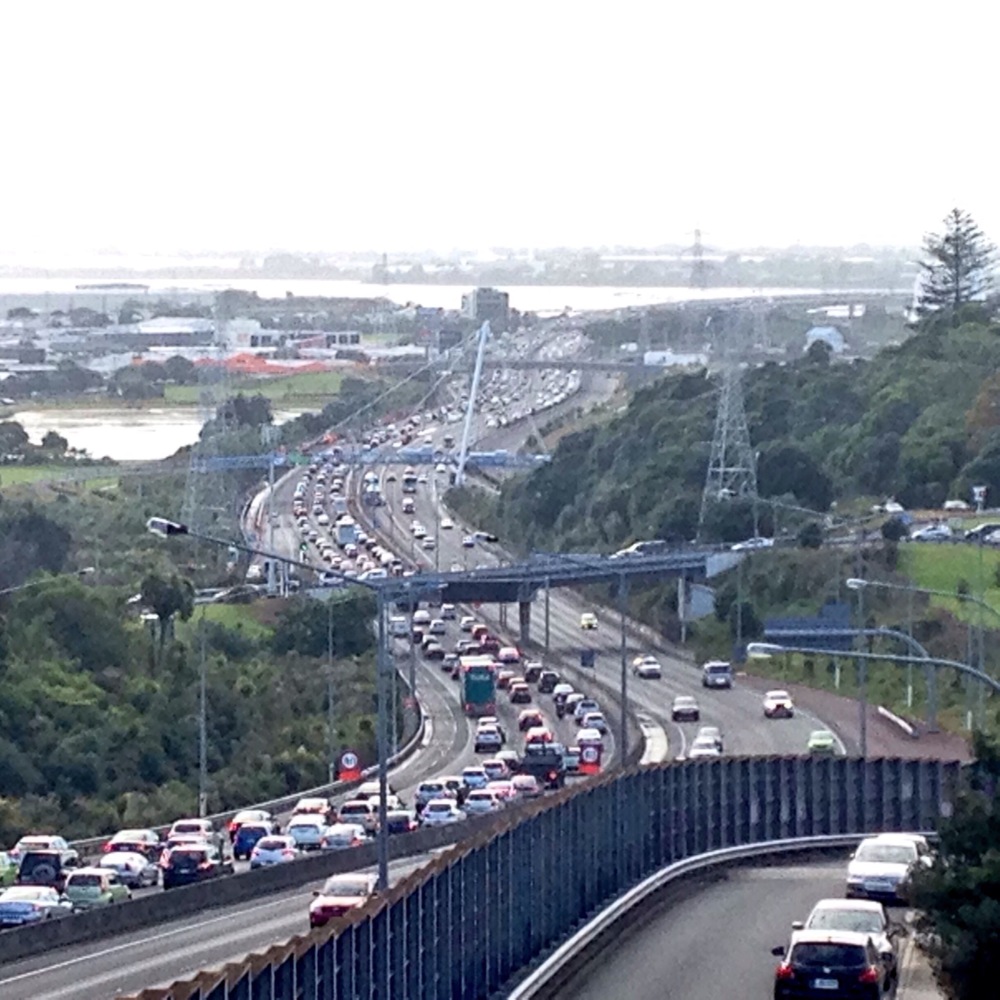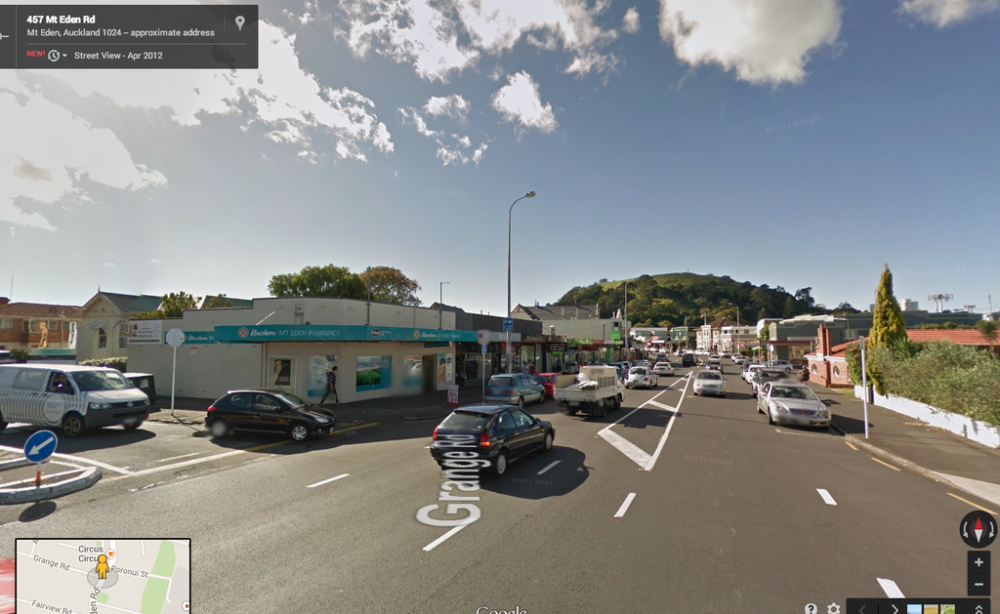
Would you like more lanes with your motorway, madam?
It is no secret that this blog has at times been openly critical of some aspects of the way cycling advocacy is approached. Nonetheless, the intent of this blog has always been about wanting to engage in a meaningful conversation. To present different views and interpretations that may not be appreciated or understood fully, yet. While no one likes to be criticised, including myself, I feel that it may be helpful to spell out that it is never my intention to make it a personal issue. For me, it has always only ever been about looking for the most effective ways of getting more people using bikes for short utility trips. And for what it’s worth, I am trying harder these days to be better at using criticisms that I receive, as an opportunity to strengthen my argument.
And I believe that my views do actually reflect the views of some people, and have in fact, lifted the level of conversation and understanding. That has to be one of the real values of the internet; the democratisation of ideas. I also believe that organisations will be better off if they are open to differing viewpoints – echo chambers and all that. Reasoned, critical voices need to be encouraged. As well as being critical, I believe that I have offered authentic and well argued alternatives. And on that matter, if you do support the ideas being presented on this site, or if you are mildly curious, why don’t you try approaching your local advocacy group and let them know.
One aspect of advocacy that I have been critical of has been around the nature of the relationship between advocacy groups and the national transport agency. It is a sensible and pragmatic approach to get a bike lane attached to a new motorway when it is being built. Of course, cycling needs all the help it can get. So while I am pleased to see the latest Auckland motorway project being given the thumbs down by the advocates, the potential for the relationship to be compromised should be a concern. Financial and political autonomy would be the dream scenario. Cycling for the people, by the people.
This leads me to another aspect of advocacy in which my thinking diverges critically from what is currently on offer and to which I have tried to offer clear and reasoned arguments for an alternative approach. NZTA and advocacy groups seem intent on selling cycling to enthusiastic sports and recreational cyclists; to convert these cyclists into everyday commuters. I have argued repeatedly that this strategy is of limited value. Or at the very least, it ignores a whole swathe of the population who will never ride like that. The growth market in cycling is in riding a bicycle; a comfortable, slow bicycle, for short, utility type trips. Like they do in Japan. Riding a bike is achievable to a whole lot of people if we think of the bicycle as replacing walking, not driving.
I accept that this is a slightly different goal than what we are currently being presented with. The goal that I believe we should be striving for is an inclusive and more specific one. It will make cycling available to young and old, male and female. Not just more cycling, but more people using bicycles for short, utility trips. It is a goal that will require our attention being focused on making our cities less car friendly. That’s a big target and will need to be broken down into smaller, manageable goals. I just find it hard to accept that it is wise to be relying on an organisation that loves cars that much, as the best source of advice on making cycling a real thing for everyone.
‘Cycling’ is sport and recreation. ‘Riding a bicycle’ is everyday activity. No sweat. As easy as walking, but faster.
